In today’s data-driven and industrially dynamic world, securing sensitive and classified materials handling is not limited to digital files alone. Whether it’s a pharmaceutical shipment, confidential blueprints, proprietary raw materials, or government-protected documents, ensuring unauthorized access prevention is a critical aspect of material handling safety.
This guide outlines essential physical and procedural security measures used in environments that handle classified or sensitive materials. Drawing inspiration from the Fidelis Security article on unauthorized access, we’ll explore practical strategies applicable to industries such as warehousing, manufacturing, logistics, and healthcare—all of which require safe and efficient material handling equipment and protocols.
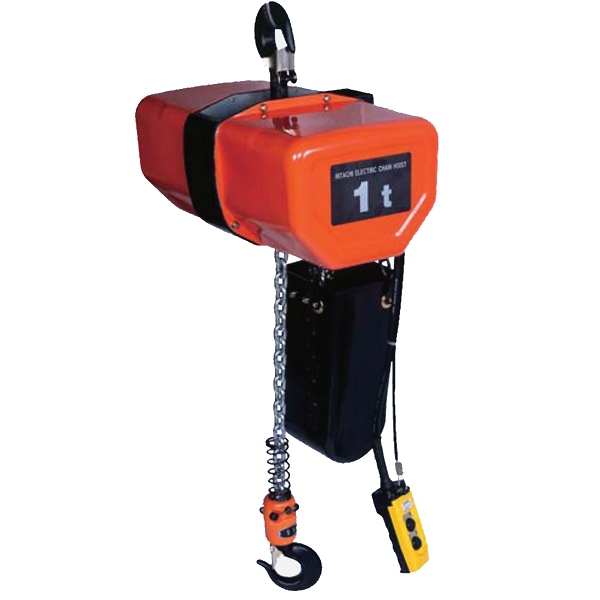
Table of Contents
ToggleWhat Is Material Handling?
Material handling is the movement, protection, storage, and control of materials throughout manufacturing, warehousing, distribution, and disposal. It involves various systems—from manual material handling tools and forklifts to automated material handling systems and overhead cranes.
For a full breakdown, see:
👉 What Is Material Handling? Types, Equipment, Functions, Safety, and Warehouse Optimization
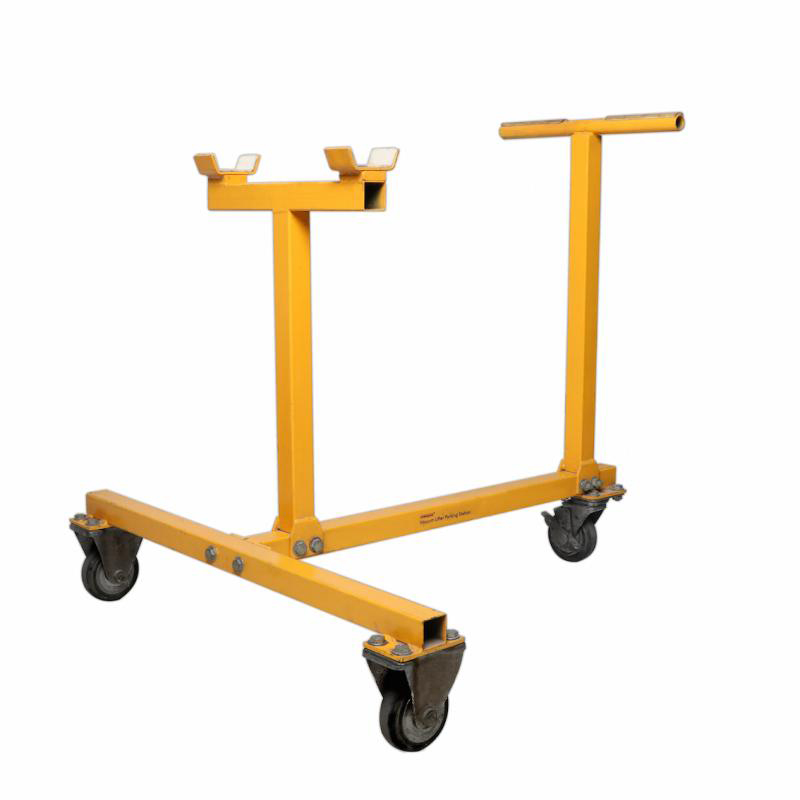
Why Is Preventing Unauthorized Access Important in Material Handling?
When classified material is compromised, the consequences can range from:
- Intellectual property theft
- Safety breaches in hazardous environments
- Contamination in pharmaceutical and food supply chains
- Regulatory non-compliance or criminal liability
Implementing safety and security measures ensures that both people and products remain protected.
1. Restrict Physical Access to Storage Areas
The first line of defense is physical security. Sensitive items stored in a warehouse or facility should be:
- Secured in restricted-access zones with card-based or biometric entry
- Surrounded by high-visibility surveillance systems
- Guarded by personnel trained in material handling safety standards
Using industrial material handling solutions like bulk material handling systems for high-value goods ensures fewer hands are involved in direct interactions.
2. Implement Personnel Authorization Controls
Only qualified individuals should access or operate material handling equipment around sensitive or classified materials.
Steps include:
- Assigning access clearance levels
- Enforcing role-based permissions for machine operations (e.g., forklifts, cranes)
- Using smart ID badges or access logs to track who handled what, when
Having material handling training programs in place ensures personnel understand what’s permissible and the consequences of policy violations.
3. Invest in Secure Material Handling Equipment
Invest in smart, secure tools such as:
- Lockable material handling carts and trolleys
- Enclosed warehouse material handling equipment
- Tamper-proof bulk material containers
- Digitally monitored conveyors for material handling
- Access-limited automated material handling systems
For heavier loads, secure lifting is also vital. A variety of tools, such as lifting equipment, vacuum lifters, and Aardwolf slab lifters offer secure transport without manual interference.
4. Monitor and Track All Materials
Using tracking systems and inventory software ensures sensitive materials are accounted for at every step.
- Use RFID or barcode systems integrated with logistics software
- Pair automated vs manual material handling records for cross-verification
- Conduct regular audits using used material handling equipment for sale tracking or leased inventory logs
This strategy also improves operational transparency and ensures accountability.
5. Enforce PPE and Handling Protocols
Access to classified or sensitive materials also comes with mandatory protective measures. These include:
- Gloves, goggles, and body suits in pharmaceutical material handling systems
- Hearing protection and steel-toed boots for material handling in construction
- High-visibility clothing and helmets for material handling for warehouses
👉 Loose Clothing Is Best to Wear When Handling Material?
Proper PPE protects the worker and the materials, especially when handling fragile, hazardous, or proprietary substances.
6. Secure Transport Routes Internally
Design facility workflows that:
- Use isolated pathways for high-security items
- Avoid common walkways during material handling in logistics
- Use jib cranes or overhead lifts to bypass floor-level congestion
🚀 Explore paver lifters and cranes and hoists for high-efficiency vertical lifts.
7. Use Tamper-Evident Seals and Containers
When dealing with pharmaceuticals or food-grade materials, tamper-evident packaging is crucial:
- Use seals that break upon unauthorized opening
- Containers should be shatterproof, chemical-resistant, and labeled with access restrictions
- GPS tracking-enabled warehouse material handling equipment can alert for deviations
8. Automate When Possible
Automated material handling systems reduce the number of human touchpoints—making it more difficult for unauthorized individuals to interfere.
Advantages include:
- Real-time tracking
- Controlled access through digital credentials
- Reduced chances of theft or contamination
Learn more:
👉 Benefits of Automated Material Handling Systems
9. Train, Update, and Repeat
Prevention is only as strong as the training behind it. Organize frequent:
- Safety tips for manual material handling
- Drills for breach scenarios
- Training refreshers when new material handling equipment is introduced
- Compliance updates from regulatory bodies
Staff should always know how to react when unauthorized access is suspected.
10. Establish a Culture of Safety and Security
Security doesn’t just come from systems—it comes from awareness and commitment. Encourage:
- Anonymous tip lines
- Rewards for protocol adherence
- Clear escalation policies
Working with trusted material handling system suppliers and certified material handling equipment manufacturers ensures your strategy is grounded in industry best practices.
Conclusion: Safety + Security = Effective Material Handling
Unauthorized access isn’t just a cybersecurity issue—it’s a pressing challenge in physical material handling environments too. Whether it’s classified documents, hazardous chemicals, or food-grade materials, the need for protection, control, and compliance is universal.
From lifting equipment and paver lifters to automated systems and personnel controls, investing in safety pays dividends in risk reduction, efficiency, and brand integrity.

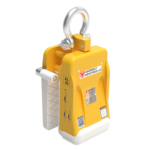
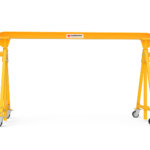
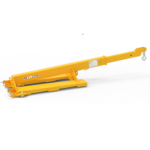
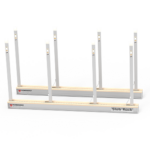
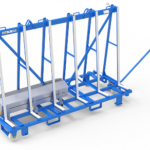

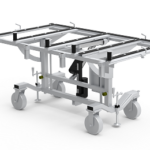
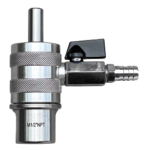
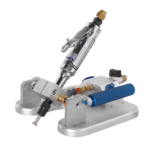
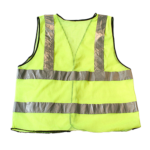

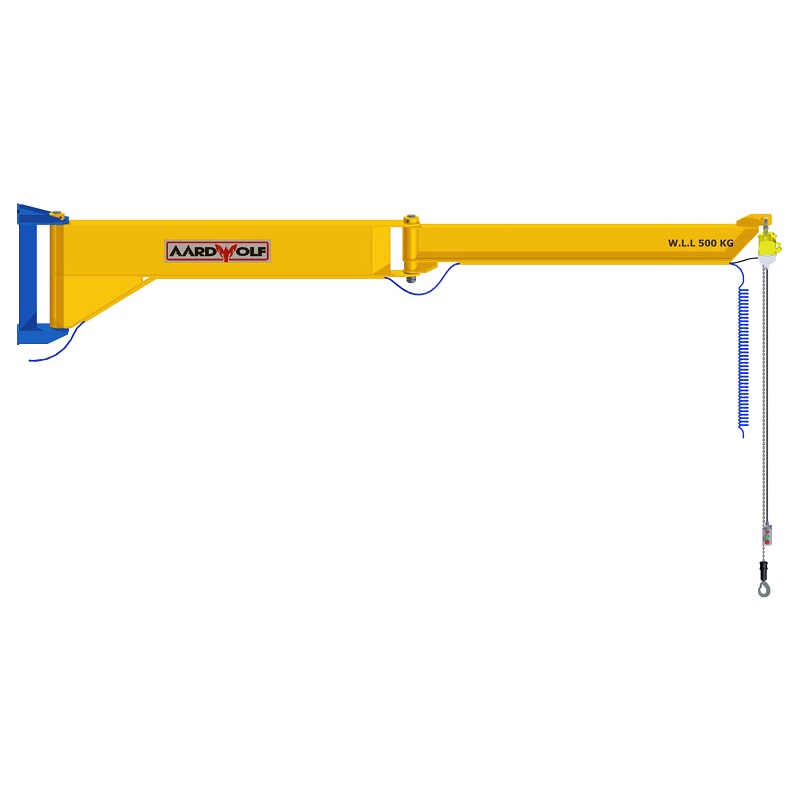
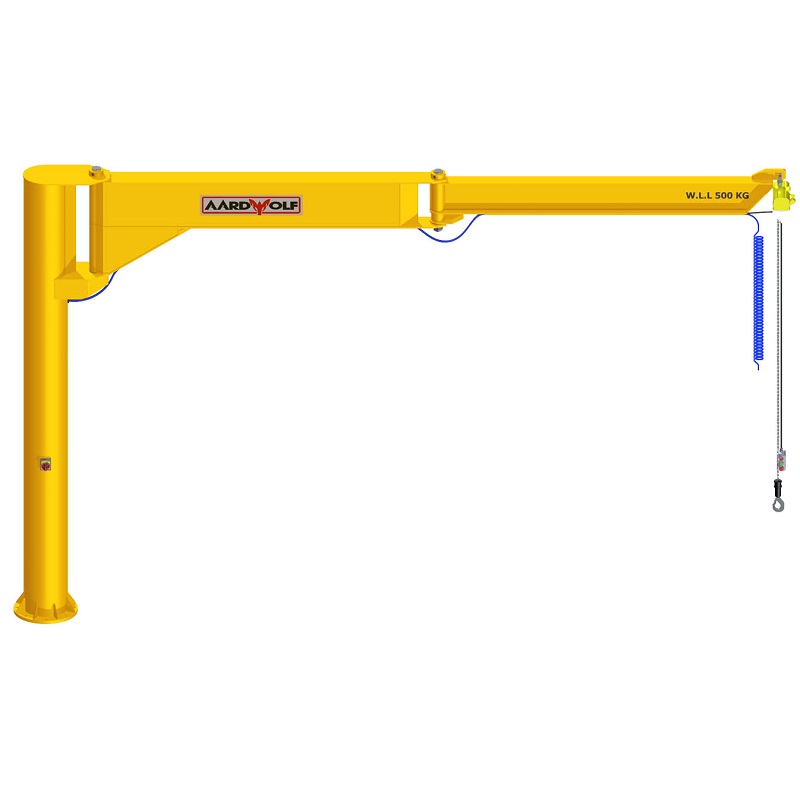
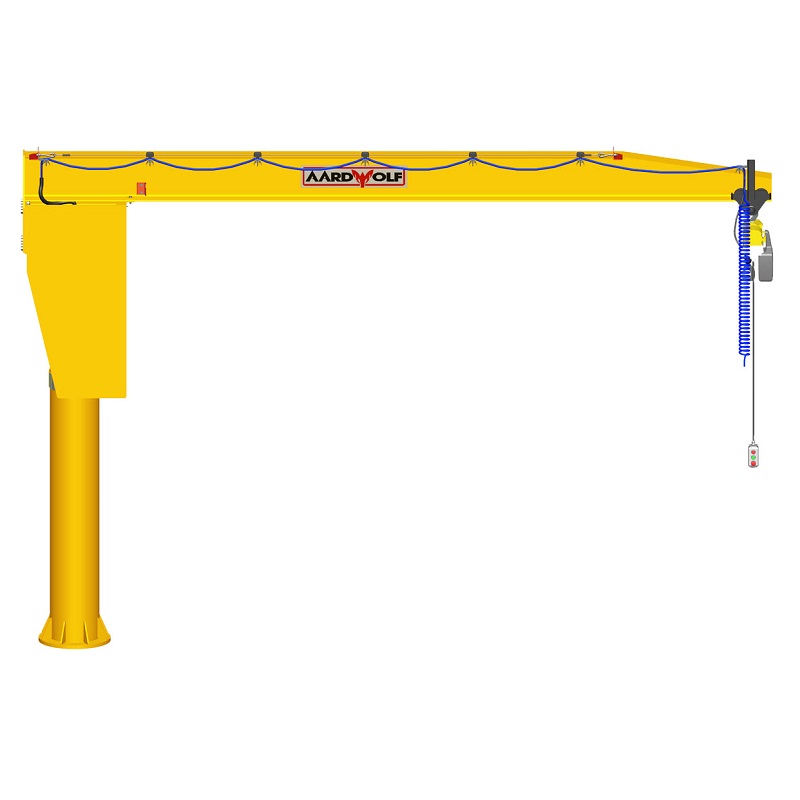


Please log in to leave a comment.